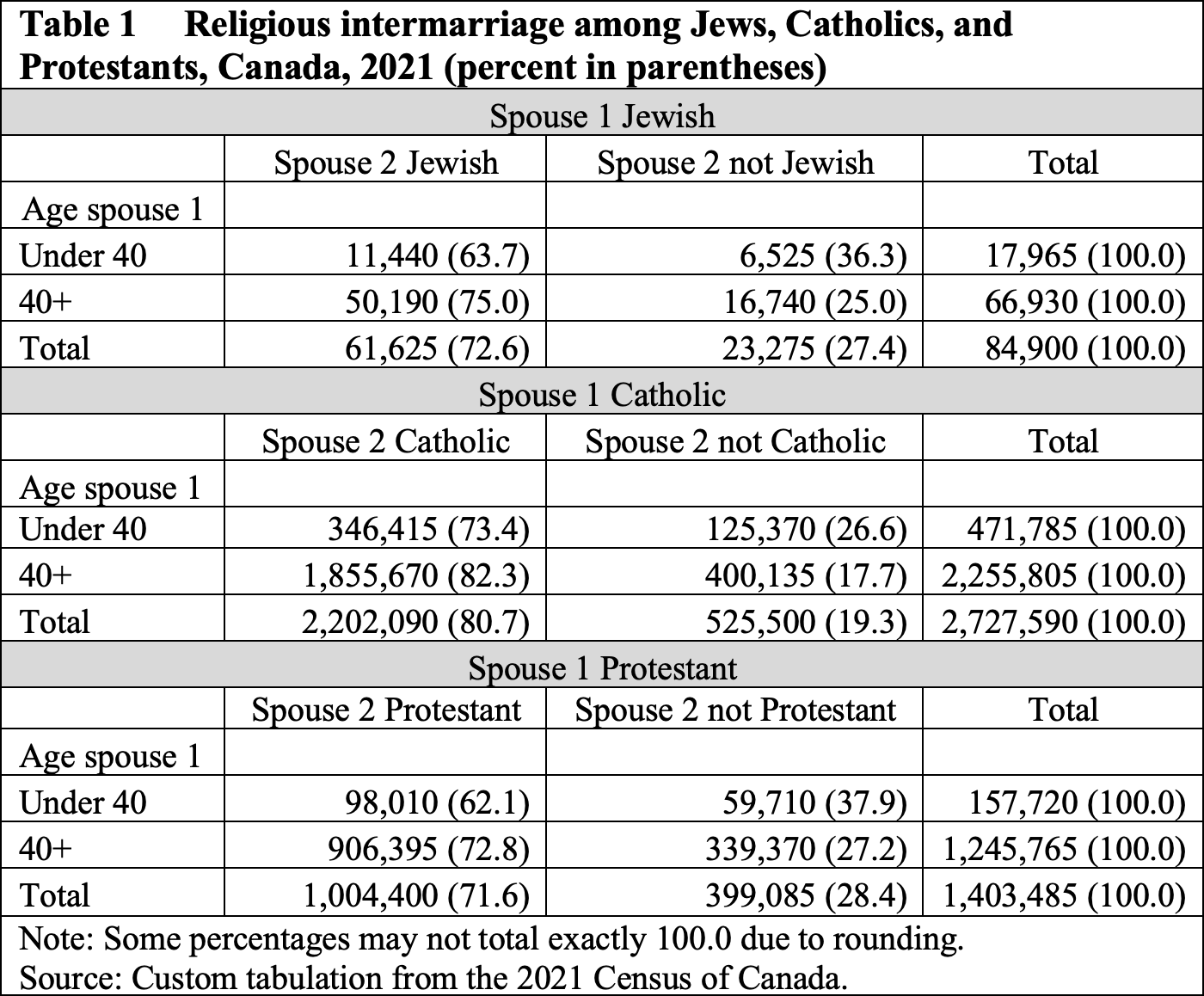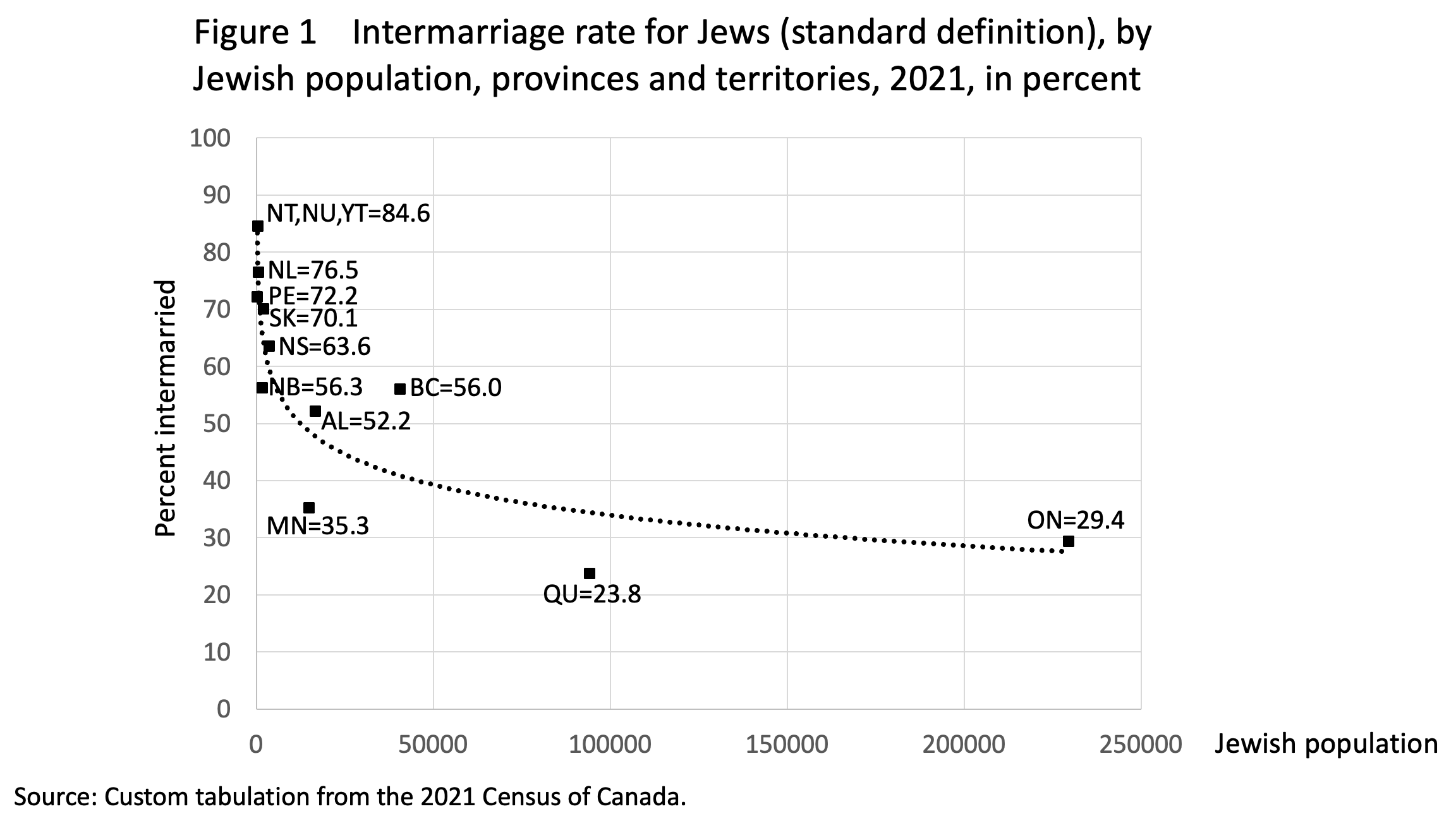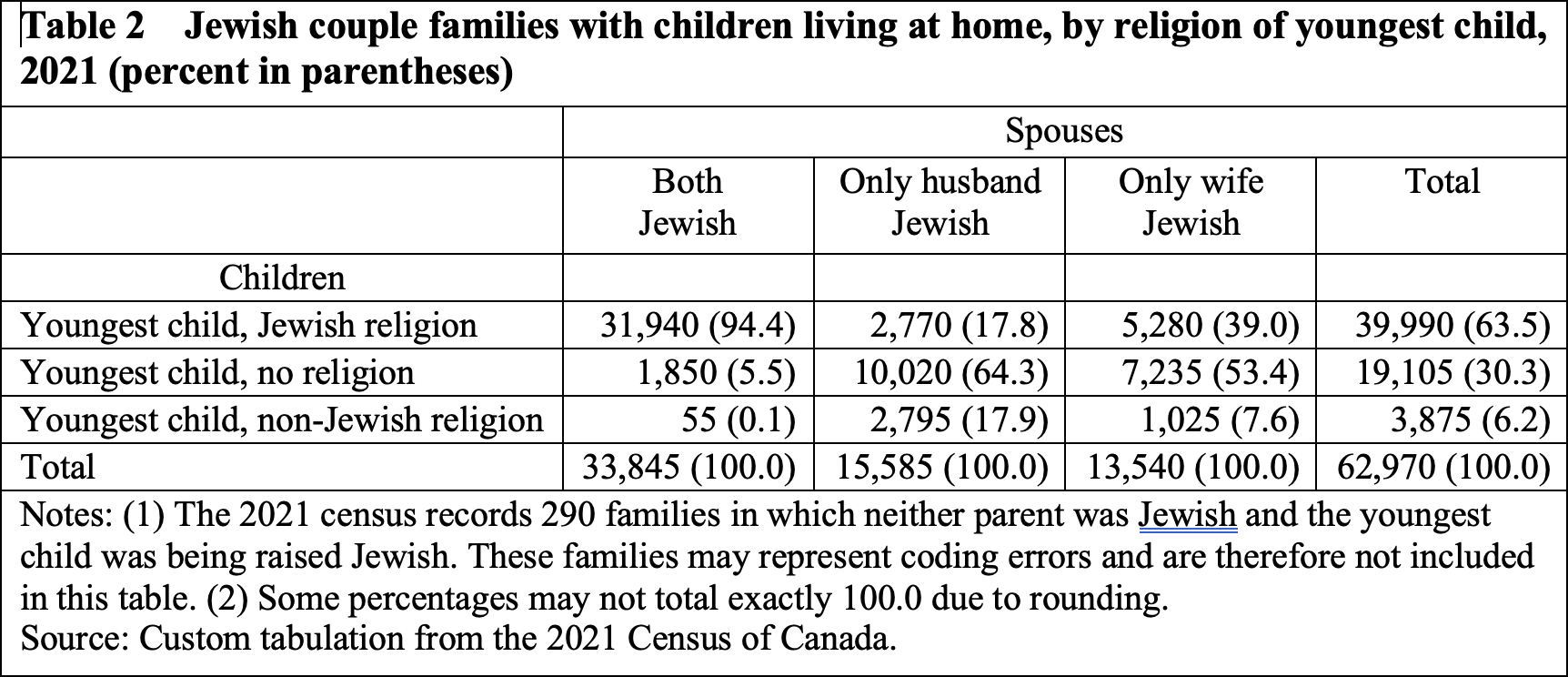Canadian Jewish Studies / Études juives canadiennes is an interdisciplinary, peer-reviewed journal devoted to original scholarship that illuminates any and all aspects of the Canadian Jewish experience.
Editorial Team
David S. Koffman
Editor-in-Chief
York University
Joshua Tapper
Managing Editor
Stanford University
Amir Lavie
Associate Editor (Digital)
Archives of Ontario
Valentina Gaddi
Associate Editor (French)
Université de Montréal
Vardit Lightstone
Associate Editor (Book Reviews)
Hebrew University of Jerusalem
Janice Rosen
Associate Editor (Archives Matter)
Alex Dworkin Canadian Jewish Archives





